Enel X has announced the launch of the first of three demand response virtual power plant (VPP) projects being underwritten by the New South Wales (NSW) government to increase the reliability of the state’s energy system as fossil-fuelled generators exit the system.
The VPP, launched at the site of one of the participants, Visy Recycling in Western Sydney, will orchestrate the loads of 21 commercial and industrial energy users at 108 sites across Greater Sydney, Central Coast, Newcastle and Illawarra to reduce or shift their electricity consumption from peak periods to lower energy-demand periods of the day.
In return, the participating businesses will earn revenue for adjusting their energy use when the grid needs support, which is anticipated to be no more than a few times a year.
Enel X Australia Country Manager Carl Hutchinson said using energy assets intelligently at key times to reduce load is a simple and effective solution to help increase grid reliability.
“The VPP harnesses flexible demand, supporting the state’s shift to clean flexible supply, creating a smarter, more secure system,” he said.
“It’s a model we can roll out across Australia, because we can’t afford to overbuild costly infrastructure that we might only use a few times a year.”
Enel X’s three VPPs were among six projects representing 1,075 MW and almost 3 GWh of energy to be selected in the first tender for firming infrastructure under the NSW Electricity Infrastructure Roadmap. The other successful bidders were all big batteries.
The projects are underwritten by long-term energy service agreements (LTESAs) that provide the option to access a capped annuity payment as a top-up to the operating revenues of the project.
Each of the successful bidders are contracted to be on-line by the end of 2025.
NSW Energy Minister Penny Sharpe said the launch of the first VPP is a landmark for the state’s energy security, noting that when all three are operational by the end of the year, they will have a combined capacity of 95 MW of demand response.
“The launch of this virtual power plant marks a major milestone in the state’s clean energy transformation,” she said. “It’s another innovative resource to keep the lights on and put downward pressure on energy prices for all homes and businesses as coal-fired power stations exit the system.”
This content is protected by copyright and may not be reused. If you want to cooperate with us and would like to reuse some of our content, please contact: editors@pv-magazine.com.
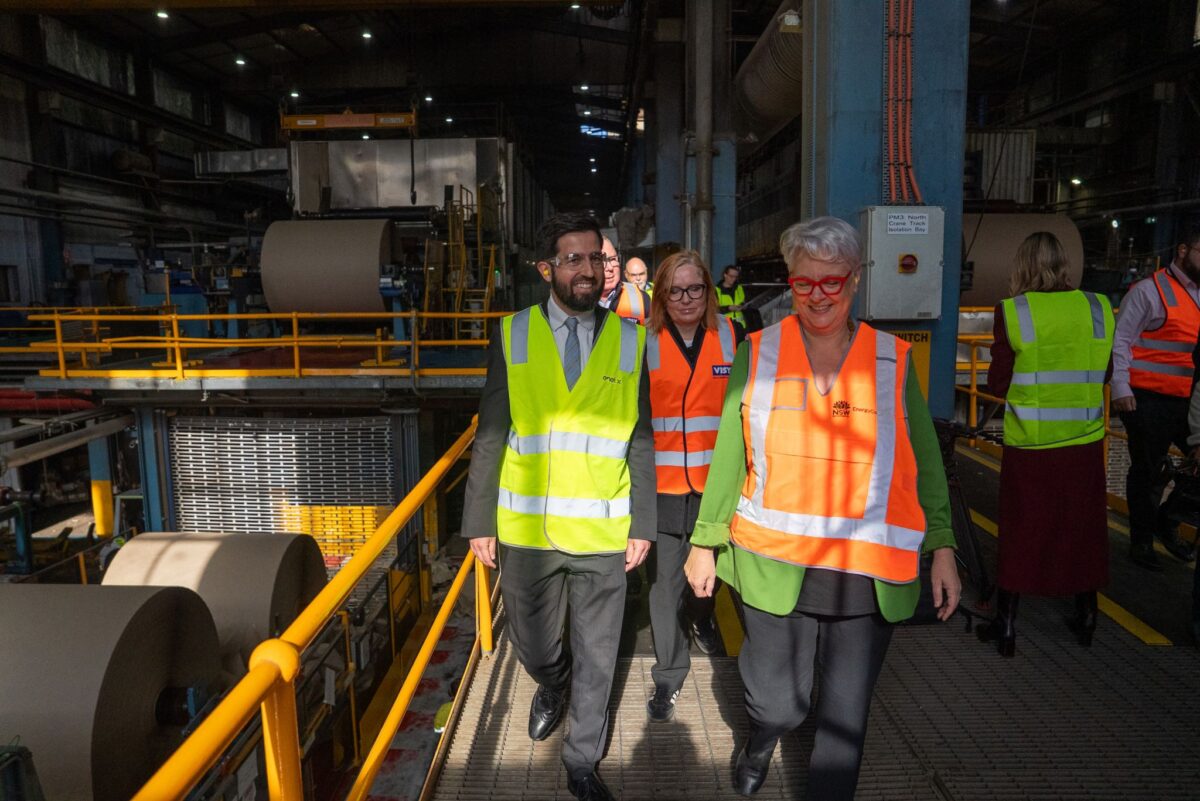
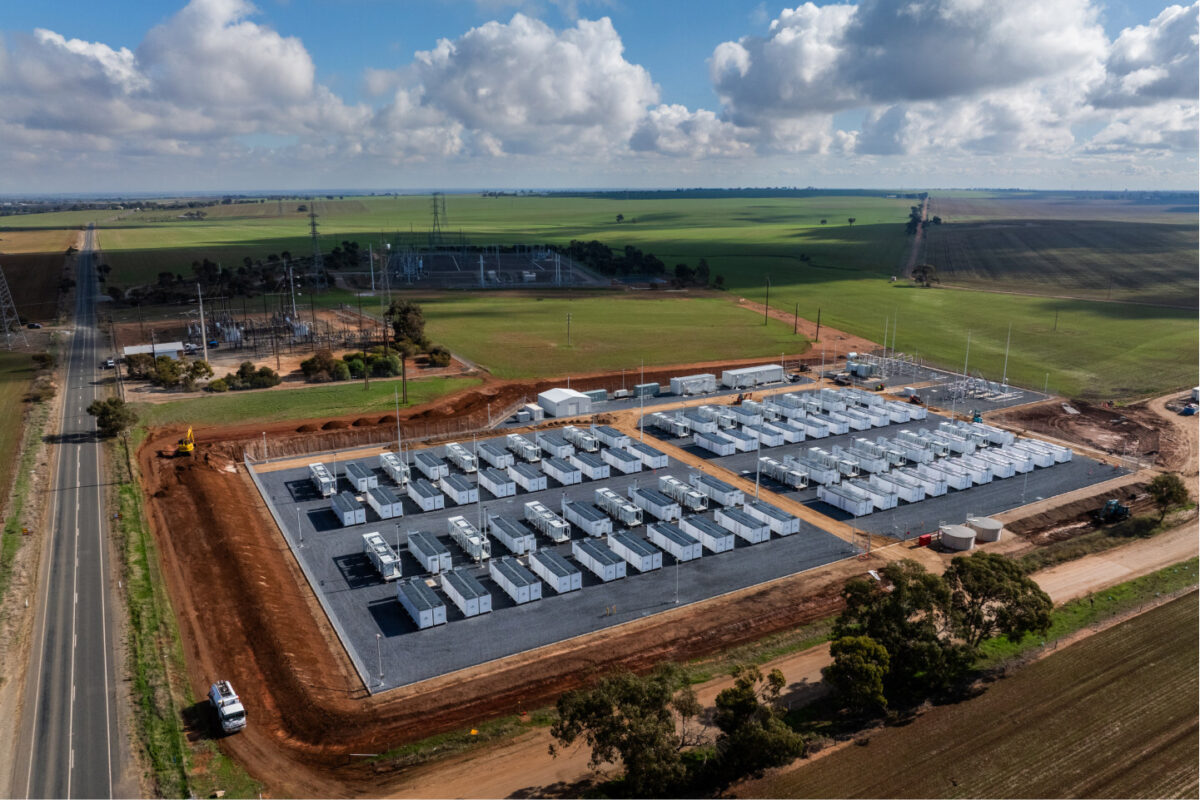


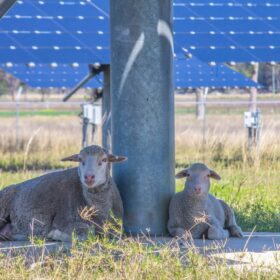
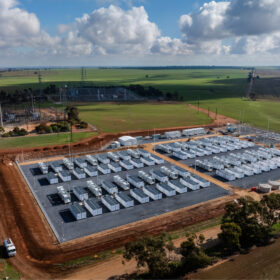
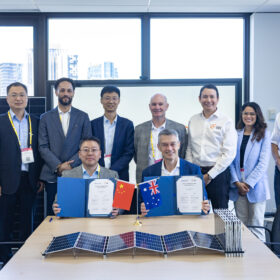
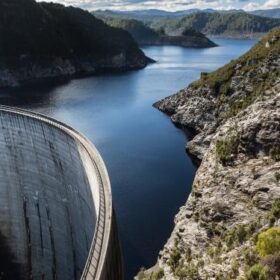

By submitting this form you agree to pv magazine using your data for the purposes of publishing your comment.
Your personal data will only be disclosed or otherwise transmitted to third parties for the purposes of spam filtering or if this is necessary for technical maintenance of the website. Any other transfer to third parties will not take place unless this is justified on the basis of applicable data protection regulations or if pv magazine is legally obliged to do so.
You may revoke this consent at any time with effect for the future, in which case your personal data will be deleted immediately. Otherwise, your data will be deleted if pv magazine has processed your request or the purpose of data storage is fulfilled.
Further information on data privacy can be found in our Data Protection Policy.